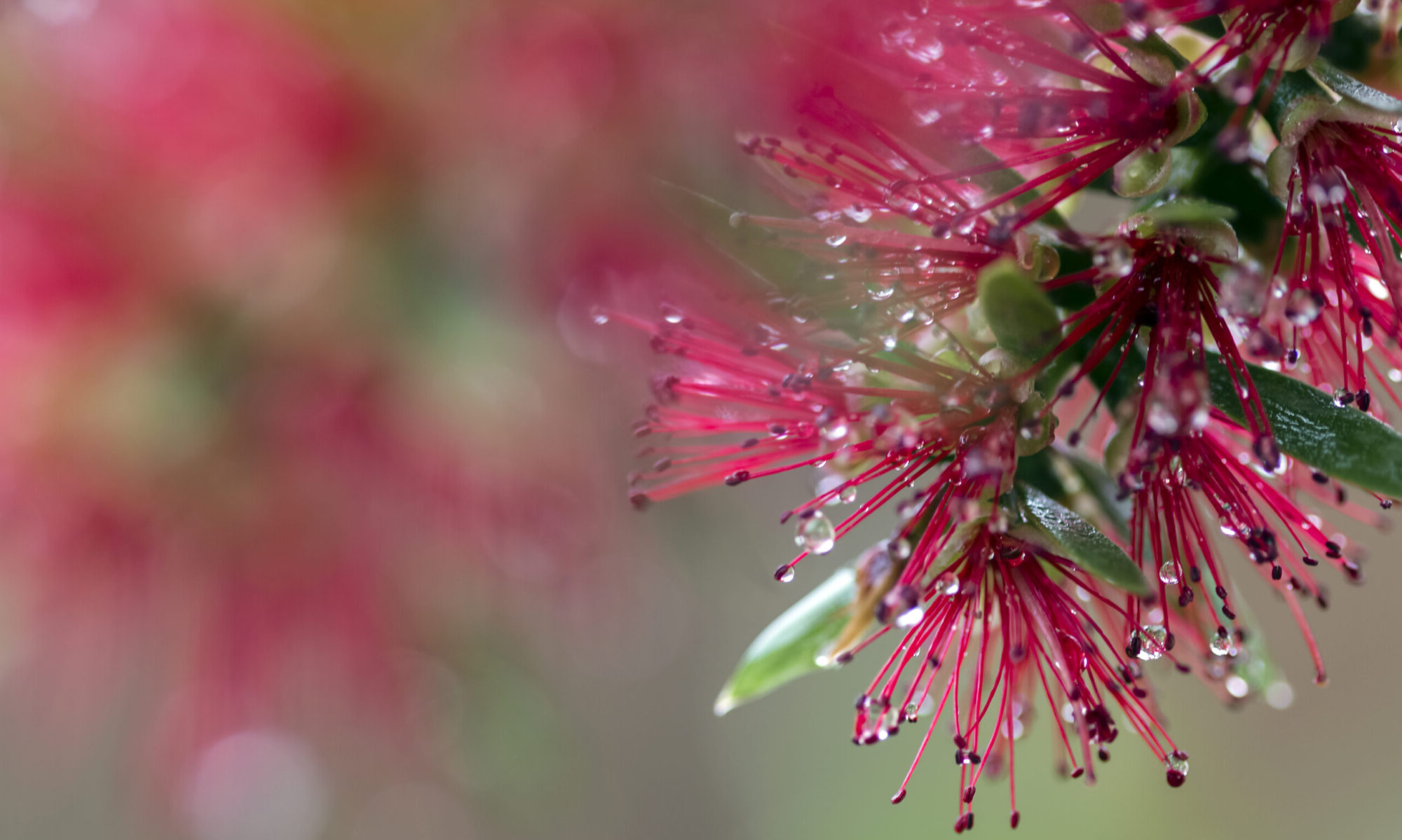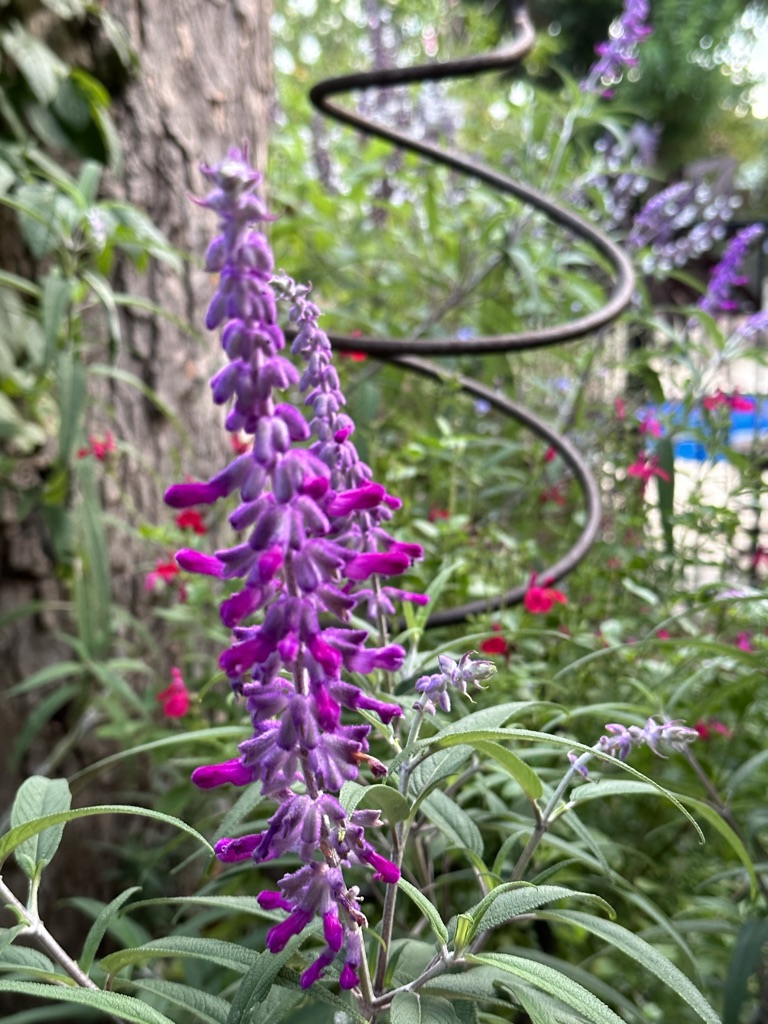
Thank the good Lord above that the sun has turned down from a High/Extreme to Medium heat this past week here in Perth and you can feel the change in the air. You can step outside without feeling like you have stepped into a blast furnace without protection. It has been a brutal Summer.
The mornings are darker for longer and the breezes a little stronger and while the days are still warm it is nothing like the blast furnace we have experienced this past Summer. It has been one of the hottest on record. The magpies have changed their song to a definite and more tuneful warble.
My poor garden is still recovering, not to mention the poor gardener who tends it! Despite all of the mulching, the soil wetter and the mature compost as well as the application of Yates Droughtshield https://www.yates.com.au/yates-2-5l-waterwise-droughtshield/ I have to say that my garden is not at its best…it looks well, parched!
My roses are OK (just) but I have purposefully removed the flowers and focussed on keeping the shrubs trimmed and thriving through the heat in the hope of a decent Autumn flush. The chili thrip has been kept at bay, for the most part, using a combination of water over the leaves in the mornings on the hottest of days, application of Seasol Powerfeed https://www.seasol.com.au/product-category/powerfeed-home-garden/ and removing affected leaves and flowers.
Continue reading “Get Into The Garden Again, It’s Autumn”



